
Deep-sea coral reefs are at risk from acidification
Howard Chew / Alamy Stock Photo
Ocean acidification is sinking into marine regions as deep as 1500 metres, posing new threats to organisms like sea butterflies, sea snails and cold-water corals.
The ocean is the largest natural sink of carbon dioxide, absorbing about a quarter of our annual emissions. That uptake of CO2 makes the ocean’s surface more acidic, with consequences for sensitive ecosystems like coral reefs. But until now, researchers did not know the extent to which acidification was reaching deeper waters.
Jens Daniel Müller at the Federal Institute of Technology Zurich in Switzerland and his colleagues developed a 3D reconstruction of how CO2 moves through the ocean, based on global measurements of currents and other circulation patterns. They used this model to estimate how the carbon dioxide the oceans have absorbed since 1800, around the start of the industrial revolution, has affected deep-water acidity.
They found a clear acidification signal down to 1000 metres in most of the ocean. Some areas, such as the North Atlantic – where the powerful Atlantic meridional overturning current (AMOC) carries carbon from the surface to deeper waters – saw acidification down to 1500 metres. Some pockets of deeper water that are naturally more acidic saw even more acidification than the surface. Their higher original acidity reduces their capacity to absorb any added CO2, says Müller.
This is more or less what researchers expected would happen as the ocean takes up more CO2, says Hongjie Wang at the University of Rhode Island. “But it’s a different thing to really see the data coming in to affirm this.”
Notably, about half of all the acidification since 1800 occurred after 1994, as our emissions of CO2 have risen exponentially. “We see this rather rapid progression,” says Müller.
The magnitude of the acidification is enough to threaten the survival of organisms in large areas of the ocean. Pteropods like sea snails and sea butterflies are at particular risk because they build their shells out of calcium, which dissolves if the water gets too acidic. The rise in acidification has also doubled the areas where cold-water corals will have trouble surviving.
And ocean acidification is set to continue as the water absorbs more CO2. “Even if we were able to stop CO2 emissions immediately, we would still – for a couple of hundred of years or so – see a process of ocean acidification in the interior,” says Müller.
Topics:


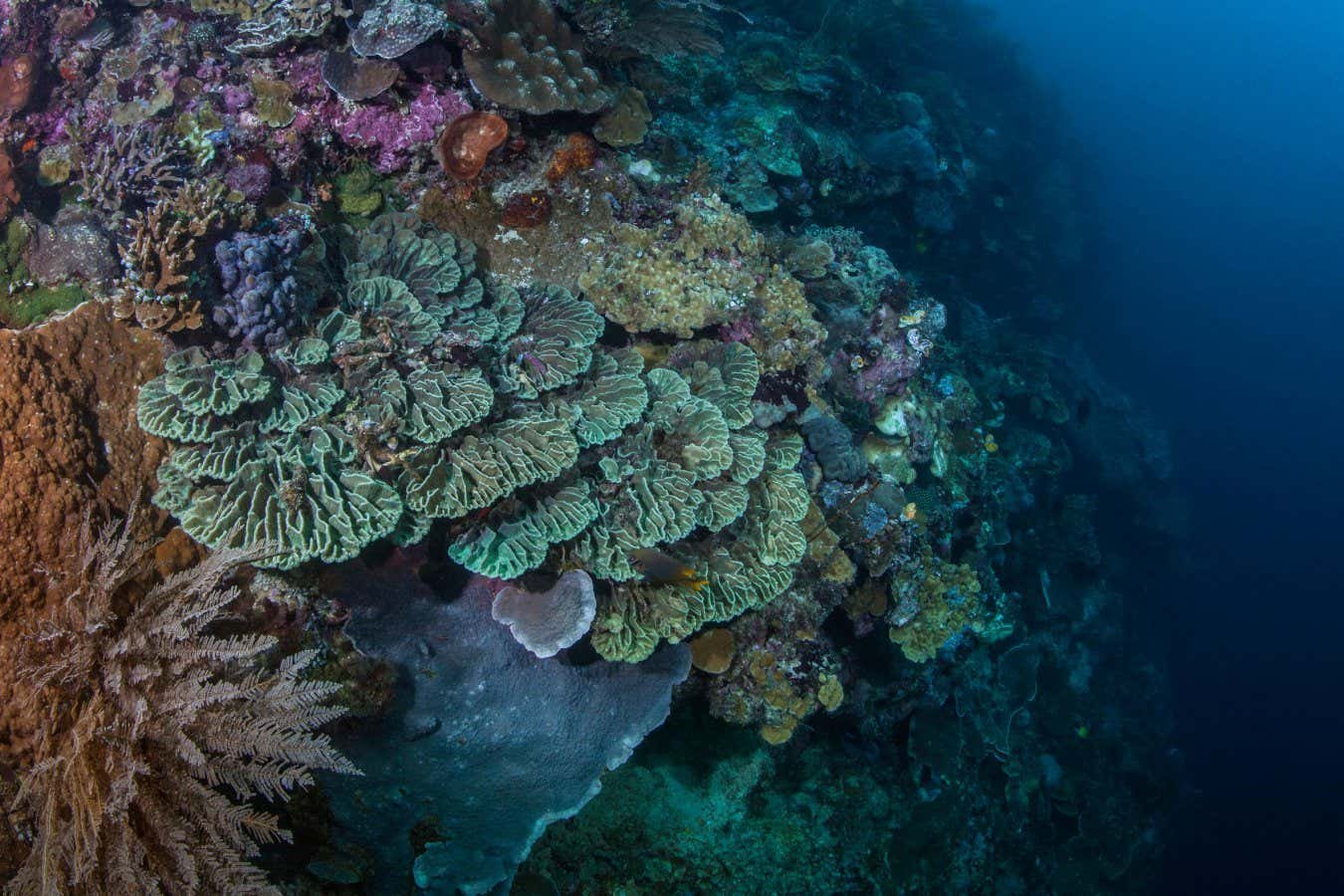
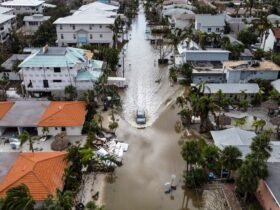




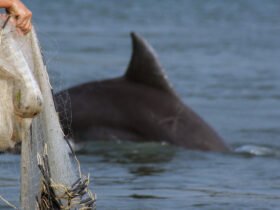
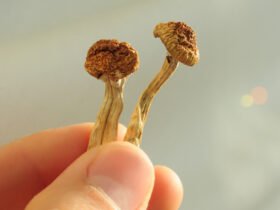
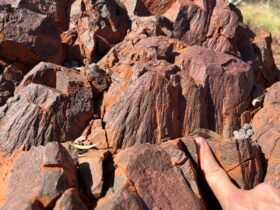


Leave a Reply